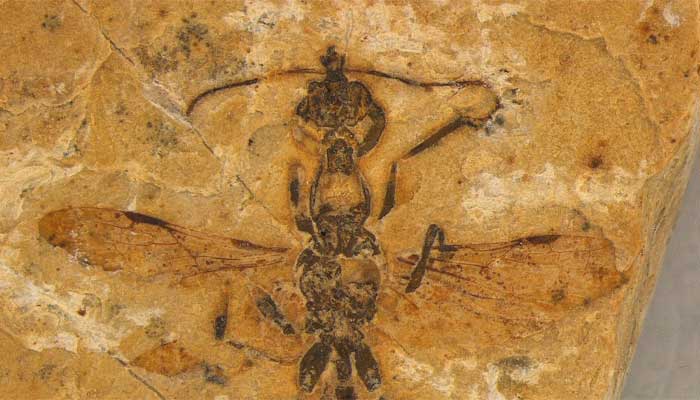
A pre-historic fossil has been discovered in Brazilian museum collection that revealed the oldest ant specimen known to science.
Researcher at the Museum of Zoology of the University of São Paulo, Anderson Lepeco shared with CNN that he came across the "extraordinary" specimen in September 2024 while examining a fossil collection located in his university.
The museum has one of the world's largest collections of fossilised insects and contains specimens from norther-eastern Brazil's Crato Formation, known for it's remarkable fossil preservation.
On Thursday, April 24, a study published in the journal Current Biology unveiled that the 113-million-year-old ant, which lived at the time of dinosaurs had an unusual way to kill its prey.
Hell Ants ancestry
Preserved in limestone, the newly described extinct insect is known as hell ant, a member of a subfamily called Haidomyrmecinae.
It lived during the Cretaceous period between 66 million and 45 million years ago and is not related to any of the ant alive today.
How Hell Ants killed its prey
The fossil species has scythe-like jaws that it presumably used to pin or imply prey.
Furthermore, the study offers some insight into unusual features in ant species of this period that did not survive the mass extinction that ended the dinosaur era.
Ants being one of the most abundant groups of insects on the planet, have not always been dominant.
They evolved around 140 million years ago, and following the asteroid strike, responsible for the end of dinosaurs, ants became the most common insect found in the fossil record.















